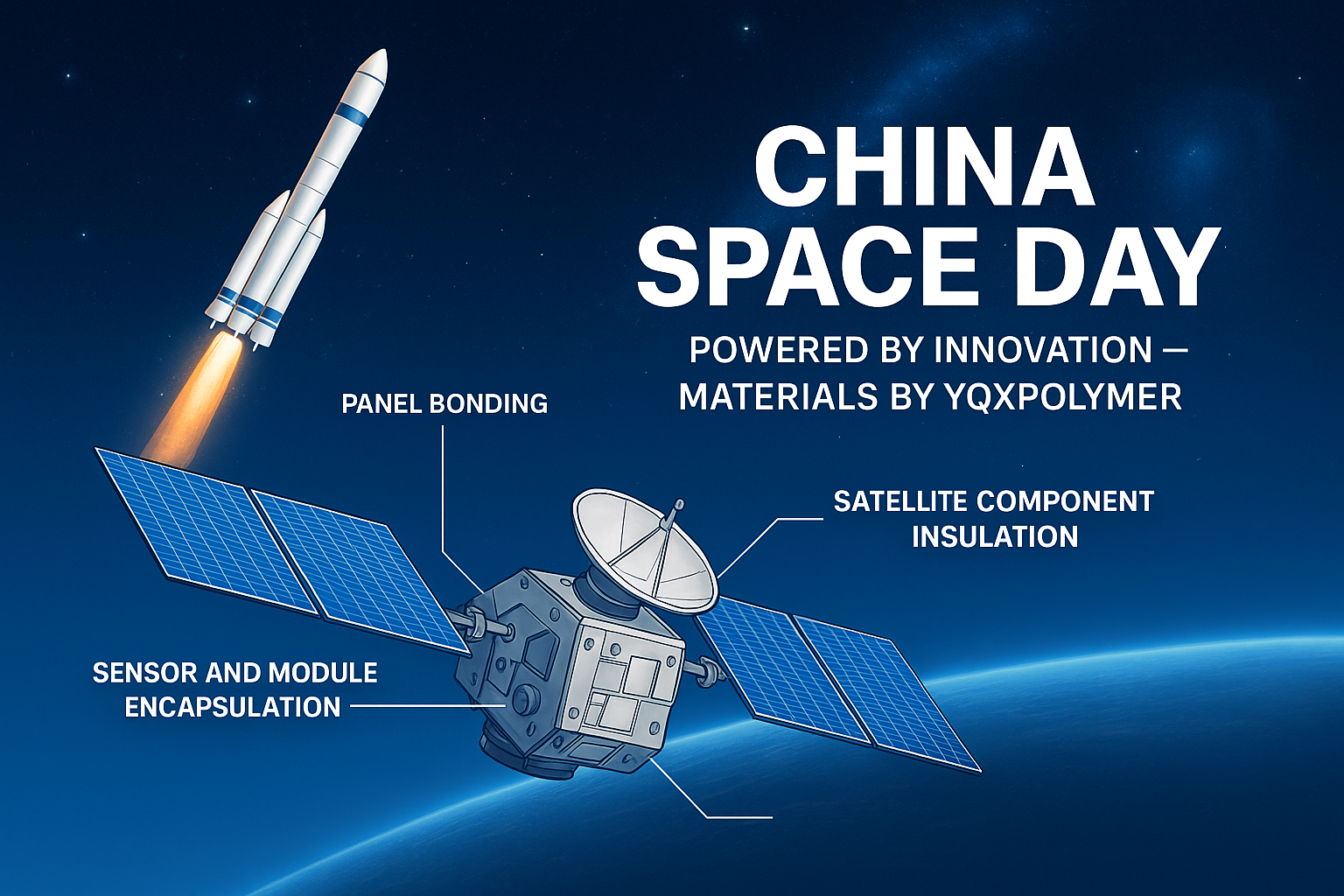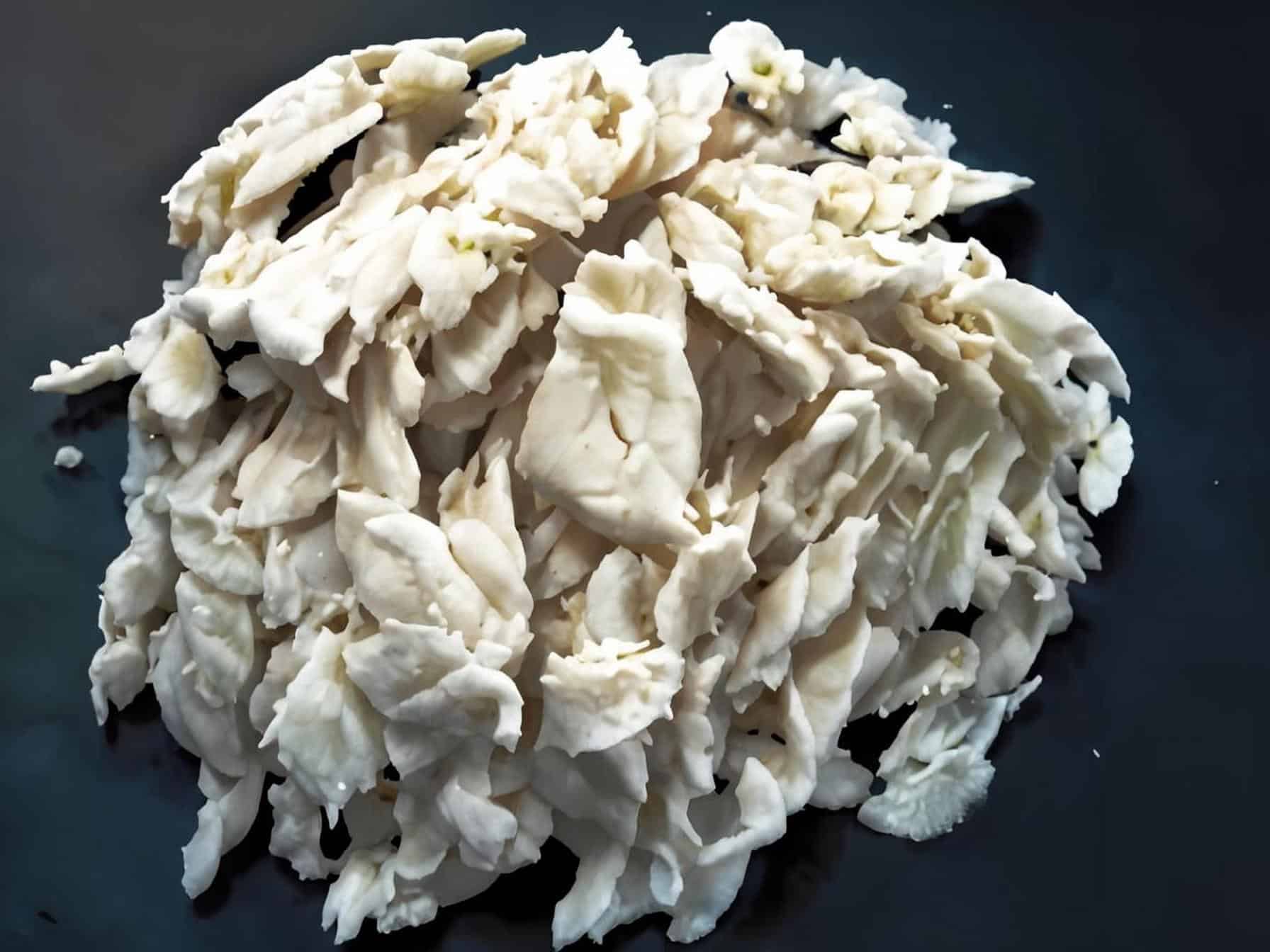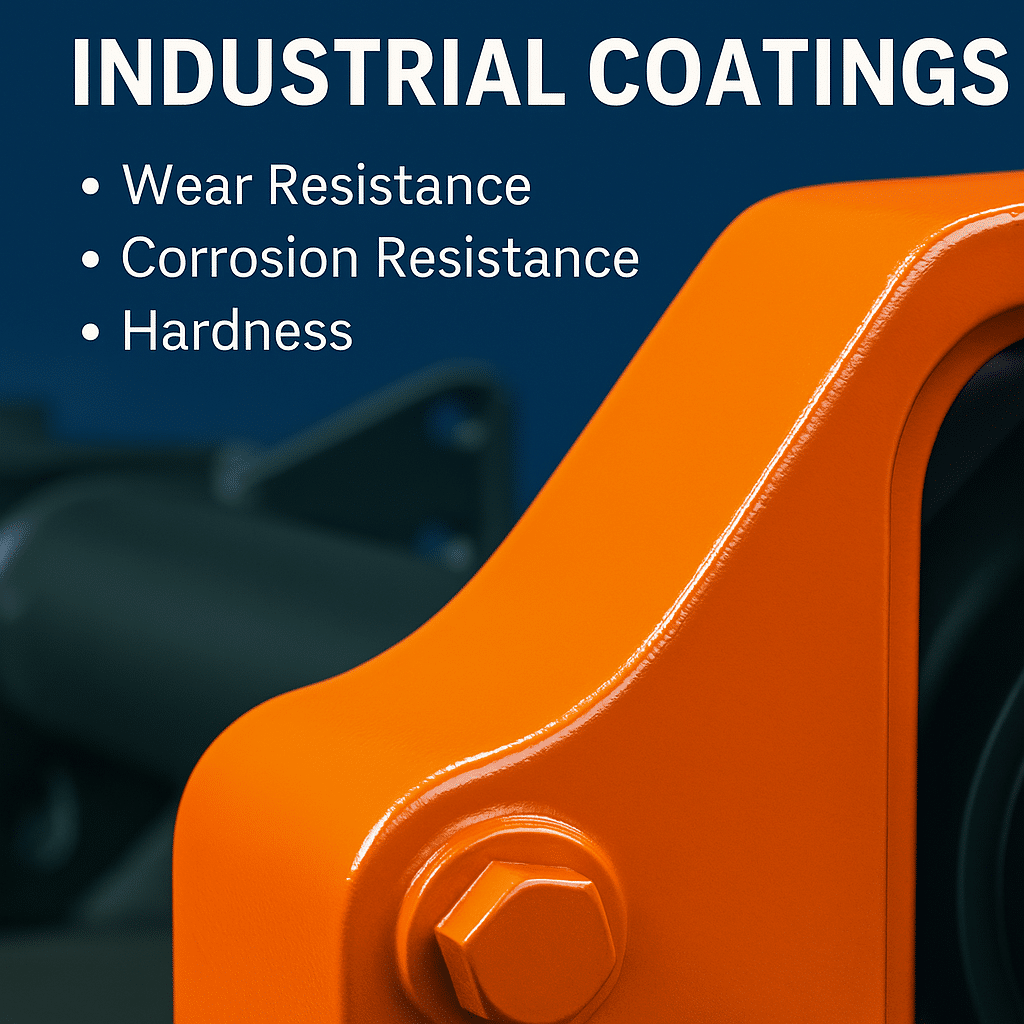Generally, the structure of epoxy resin contains hydroxyl groups and ether bonds, which make it highly adhesive. Due to these polar groups, electromagnetic forces can be generated at adjacent interfaces. During the curing process, along with the chemical interaction with the curing agent, warp groups and ether bonds can be further generated, which not only has high cohesion, but also produces strong adhesion. Therefore, epoxy adhesives have strong bonding strength to many kinds of materials such as metal, plastic, glass, wood, fiber, etc., and are commonly known as “universal adhesives”.
The molecules of epoxy resin are tightly arranged, and low molecular substances are not precipitated during the curing process. Moreover, it can be formulated into a solvent-free adhesive, so its shrinkage rate is generally relatively low. If appropriate fillers are selected, the shrinkage rate can be reduced to 0.1 to 0.2%.
The existence of stable benzene rings and ether chains in the epoxy resin structure and the dense structure after curing determine that the epoxy adhesive has strong resistance to the effects of atmosphere, moisture, chemical media, bacteria, etc. Therefore, it can be used in many more harsh environments.
Epoxy adhesives have large bonding force and high bonding strength; small shrinkage and stable dimensions; epoxy resin adhesives hardly release low-molecular products when cured; their linear expansion coefficients are less affected by temperature. Therefore, the bonded parts have good dimensional stability. The cured product of epoxy resin glue has excellent electrical insulation properties, with a volume resistivity of 1013~1016Ω.cm and a dielectric strength of 30~50KV.mm. Epoxy resin molecules contain ether bonds, the molecular chains are tightly arranged, and the cross-linking density is high. Therefore, it has good solvent resistance, oil resistance, acid resistance, alkali resistance, water resistance, etc., especially strong alkali resistance. Epoxy resin has good compatibility with many rubbers (elastomers) and thermoplastic resins, and even undergoes chemical reactions. It has good dispersion with fillers and can change the performance of epoxy resin glue in a wide range; it has good craftsmanship, is easy to use, has low toxicity and is less harmful. The resin contains many benzene rings and heterocyclic rings, and the molecular chain has low flexibility. In addition, the cross-linked structure after curing is not suitable for deformation. Untoughened epoxy resin adhesive has poor toughness, high brittleness, low peel strength, and is not resistant to impact and vibration.
Epoxy resin contains a variety of polar groups and highly active epoxy groups, so it is compatible with many polar materials such as metal, glass, cement, wood, and plastics. Materials with high surface activity have strong adhesive force. At the same time, the cohesive strength of the epoxy cured product is also very high, so its bonding strength is very high. There are basically no low molecular volatiles produced when epoxy resin is cured. The volume shrinkage of the adhesive layer is small, about 1% to 2%, which is one of the varieties with the smallest curing shrinkage among thermosetting resins. It can be reduced to less than 0.2% after adding fillers. The linear expansion coefficient of epoxy cured products is also very small. Therefore, the internal stress is small and has little influence on the bonding strength. In addition, the creep of the epoxy cured product is small, so the dimensional stability of the adhesive layer is good.
There are many varieties of epoxy resins, curing agents and modifiers, which can be designed through reasonable and clever formulas. Make the adhesive have the required processability (such as rapid curing, room temperature curing, low temperature curing, water curing, low viscosity, high viscosity, etc.). And it has the required performance (such as high temperature resistance, low temperature resistance, high strength, high flexibility, aging resistance, electrical conductivity, magnetic conductivity, thermal conductivity, etc.). It has good compatibility and reactivity with a variety of organic substances (monomers, resins, rubber) and inorganic substances (such as fillers, etc.). It is easy to carry out copolymerization, cross-linking, blending, filling and other modifications to improve the performance of the adhesive layer, and it can resist corrosion from various media such as acids, alkalis, salts, solvents and so on.
Depending on the type of curing agent selected, epoxy adhesives can be cured at normal temperature, medium temperature, or high temperature. Generally, only a contact pressure of 0.1 to 0.5MPa is required during curing. Most epoxy resin glue formulations do not contain solvents and are easy to operate. Construction viscosity of general epoxy adhesives. The pot life and curing speed can be adjusted through the formula to meet various requirements. This not only makes it easy to ensure bonding quality, but also simplifies the curing process and equipment. After the epoxy resin is cured, good electrical insulation properties can be obtained; breakdown voltage >35kV/mm, volume resistance >1015Ω.cm, dielectric constant 3~4 (50Hz), arc resistance 100~140s. By changing the composition of epoxy resin adhesives, a series of adhesive formulas with different properties can be obtained to meet various needs, and they can be mixed with many modifiers to produce varieties with different properties. Generally, the service temperature of bisphenol A-type epoxy resin ranges from -60 to 175°C, sometimes reaching 200°C in a short period of time. If new epoxy resins are used that are resistant to high and low temperatures, the operating temperature can be higher or lower, and epoxy resins have low water absorption.

General-purpose epoxy resins, curing agents and additives are produced in many places, have large output, are easy to prepare, can be formed by contact pressing, and can be applied on a large scale. The main disadvantages of epoxy adhesives: when not toughened, the cured product is generally brittle, has poor resistance to peeling, cracking, and impact resistance; and has low adhesion to materials with low polarity (such as polyethylene, polypropylene, etc.). Surface activation treatment must be carried out first; some raw materials such as reactive diluents, curing agents, etc. have varying degrees of toxicity and irritation. It should be avoided as much as possible when designing formulas, and ventilation protection should be strengthened during construction.
As can be seen from the above, epoxy resin has good comprehensive mechanical properties, especially high adhesion, small shrinkage, good stability, and excellent electrical insulation properties. It provides the material basis for adhesives, composite matrix, powder coatings and other products.
More information or free samples or price quotations, please contact us via email: sales@yqxpolymer.com , or voice to us at: +86-28-8411-1861.
Some pictures and texts are reproduced from the Internet, and the copyright belongs to the original author. If there is any infringement, please contact us to delete.




